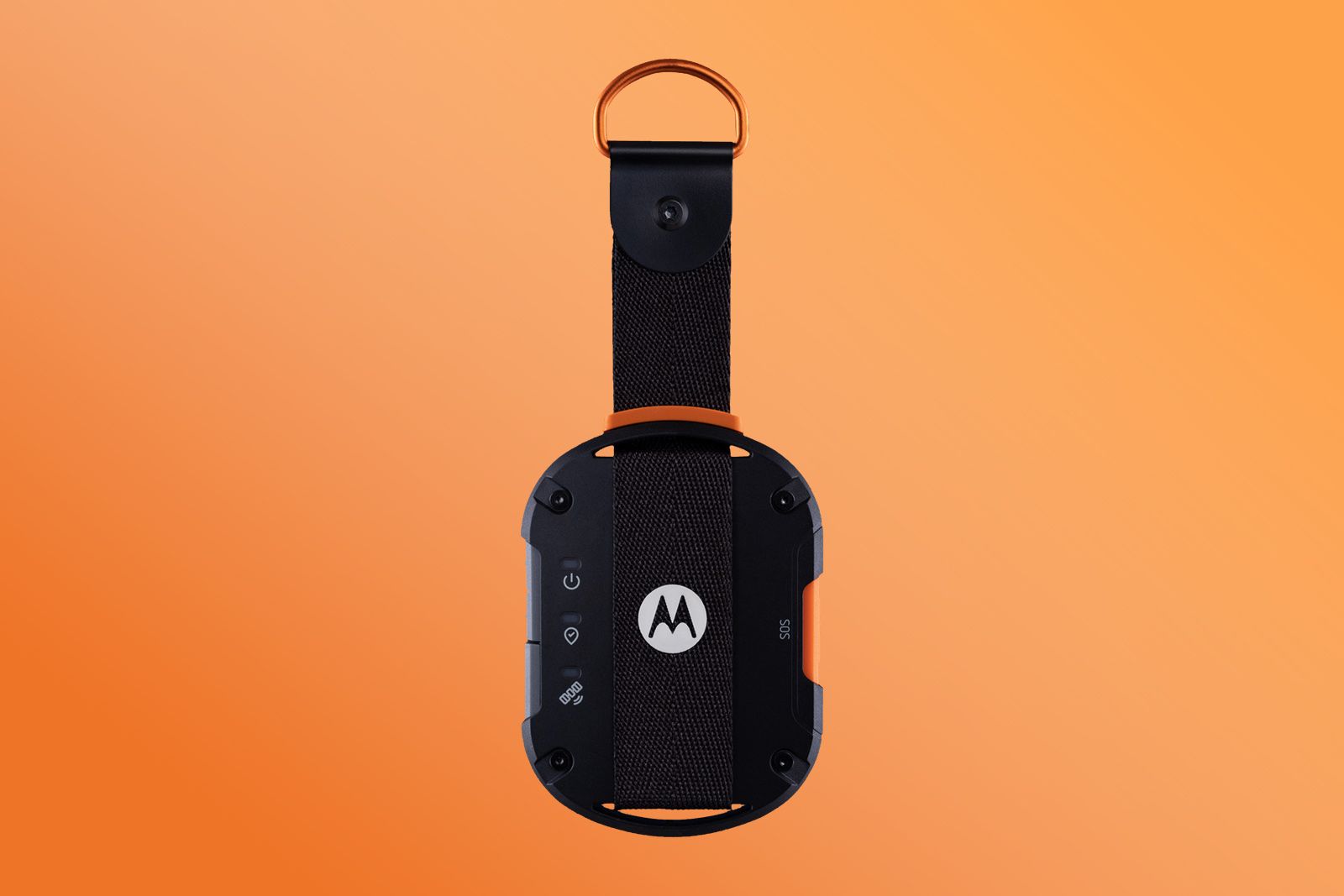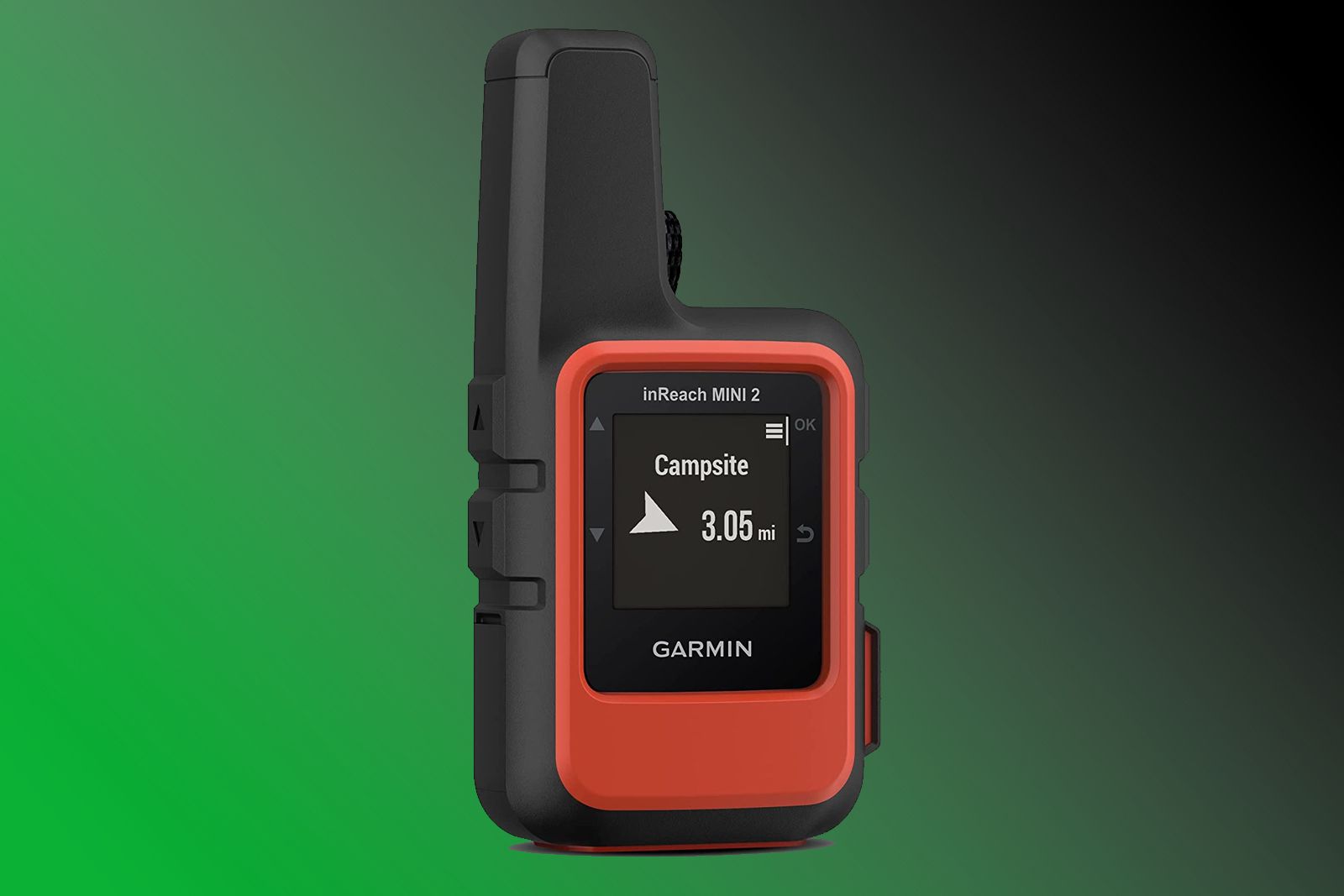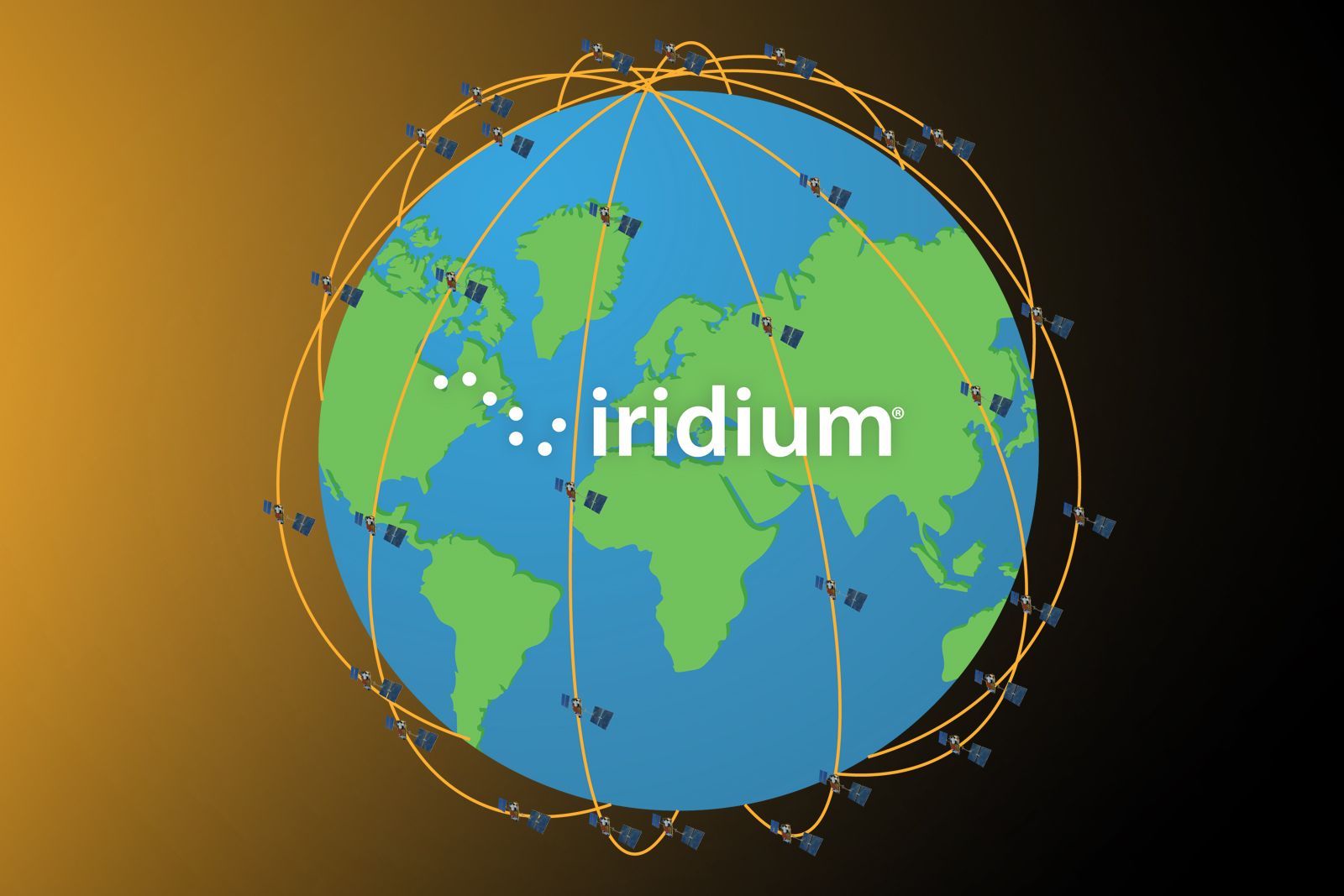Key Takeaways
- Apple is offering two years of access to Emergency SOS via satellite for iPhone 14 and iPhone 15 owners, giving them the ability to communicate in remote areas or during emergencies.
- Qualcomm’s deal with Iridium to power Snapdragon Satellite has come to an end as Android manufacturers did not integrate the technology into their devices, leaving Iridium free to seek new partnerships.
- While there is currently no unified solution for satellite communication on Android, Samsung is rumoured to introduce a solution with the Galaxy S24, and standalone devices like the Motorola Defy Sat Link and Garmin inReach Mini 2 can provide satellite messaging. The future of satellite communication on Android remains uncertain.
Apple has just announced that iPhone 14 and iPhone 15 owners won’t get just one year of access to the Cupertino company’s Emergency SOS via satellite feature, but they’ll now get two. Further south in California, the San Diego-based Qualcomm has confirmed that its deal with Iridium – designed to power Snapdragon Satellite – is coming to a close.
So what’s the deal with satellite communications on Android?
Apple brought satellite communication to the public consciousness at the launch of the iPhone 14 in 2022. Showing off a feature that would allow emergency communications via Globalstar’s satellite network from an unmodified iPhone gave substance to this sci-fi feature. Normally, communications rely on connection to a terrestrial cell tower, but if you’re in the outback or in a remote region, the ability to use orbital satellites for communication is a game changer.
Well, it’s a game-changer for normal smartphones, because satellite phones have been in existence for a long time. Motorola was one of the first companies to offer a commercial satellite phone – the Motorola Iridium 9500 in 1998, for example – and there’s no shortage of Hollywood exposure for such devices. Every secret agent and drug baron seems to have one.
For smartphones, however, the emphasis isn’t on placing that important call when you’re deep in the desert or up a mountain, it’s about emergency communication at the moment. This is where Apple is leading, and Android is floundering.
What happened to Snapdragon Satellite?
Early in 2023, Qualcomm announced Snapdragon Satellite. Teaming up with Iridium, the idea was that Qualcomm could provide the service and Android manufacturers would then adopt that and roll it into their devices. At the time of the announcement, Honor, Motorola, Nothing, Oppo, Vivo and Xiaomi were detailed as OEM (original equipment manufacturer) partners.
However, an Iridium statement on 9 November detailed that “smartphone manufacturers have not included the technology in their devices. Due to this, on November 3, 2023, Qualcomm notified Iridium that it has elected to terminate the agreements, effective December 3, 2023.” That, as they say, is that.
Qualcomm comes up with a wide range of technical solutions that smartphone manufacturers can integrate into devices – Snapdragon Sound or Snapdragon Seamless for example – but beyond taking core hardware like the latest Snapdragon 8 Series, OEMs have to choose to integrate the solution. For Snapdragon Satellite, it seems they did not.
So where does this leave Iridium?
Iridium
That’s a good question, because Iridium is the company with the hardware in space. It has 66 satellites in orbit and already powers a range of communication devices, such as Garmin’s InReach satellite communicators.
“With the termination of these agreements, Iridium will be free to directly re-engage with smartphone OEMs, other chipmakers, and smartphone operating system developers that the Company had been collaborating with previously,” the company says. “Iridium will also be pursuing new relationships with smart device OEMs, chipmakers, and developers for its existing and future service plans.”
What this means is that although Qualcomm’s proposed solution is – pardon the phrase – dead in the water, Iridium is still going to be there to provide a solution. Effectively, the intermediary has been cut out and while that might mean there isn’t one unified solution that Android manufacturers can pluck off the shelf, a solution is still out there.
Does this mean there will be lots of solutions?
Potentially, yes. SpaceX and T-Mobile announced a system using Starlink satellites in 2022 but there’s been little information about any progress. While that partnership opened the door for other networks to come onboard, again, we’ve heard little at a network level about satellite connectivity.
Then we come to device manufacturers. Huawei has a solution in place, initially in a limited messaging format on the Mate 50 Pro and then offering calls on the Mate 60 Pro, but that’s then limited to the China Telecom network.
Samsung, however, might have a solution for the Galaxy S24. That confirmation first came in late-October 2023, although the scope of any service remains unknown. It could be emergency messaging, it could be something more.

Motorola Mobility
Motorola Defy Satellite Link
$140 $150 Save $10
The ultimate accessory for those who want to stay connected, the Defy Sat Link provides messaging via satellite.
Beyond that, there is a solution from Motorola already. It’s not integrated into a smartphone, instead it’s a Bluetooth dongle that provides satellite connectivity, allowing messaging (so technically it is available for Android or iPhone). The messaging service is provided by Bullitt Mobile, which has agreements across several different satellite networks.
Early rumours suggested that Android 14 would support satellite messaging, but there was nothing announced during the roll-out of Android 14, or for the Pixel 8, its debut device.
What’s the bottom line?
The current situation for satellite communication on Android isn’t clear. There are no real standalone solutions like Apple offers at this moment in time. Samsung – the dominant brand in Android – is likely to be the catalyst that other brands need to move forward. That might mean that there’s additional clarity as soon as we hit Galaxy Unpacked, rumoured to take place on 18 January 2024.
Otherwise, if you want satellite communications, the best bet is to either take a dedicated device like the Motorola Defy Sat Link or Garmin InReach Mini 2, both of which will enable two-way messaging via satellite.

Garmin
Garmin inReach Mini 2 Satellite Communicator
$300 $400 Save $100
Keeping you connected off the beaten track, the InReach Mini 2 will allow you to send and receive messages and offer emergency functions.
Beyond that, the iPhone 14 or iPhone 15 will offer emergency messaging, for peace of mind. Exactly what solutions 2024 will bring for satellite communications remains to be seen.
Trending Products

Cooler Master MasterBox Q300L Micro-ATX Tower with Magnetic Design Dust Filter, Transparent Acrylic Side Panel, Adjustable I/O & Fully Ventilated Airflow, Black (MCB-Q300L-KANN-S00)

ASUS TUF Gaming GT301 ZAKU II Edition ATX mid-Tower Compact case with Tempered Glass Side Panel, Honeycomb Front Panel, 120mm Aura Addressable RGB Fan, Headphone Hanger,360mm Radiator, Gundam Edition

ASUS TUF Gaming GT501 Mid-Tower Computer Case for up to EATX Motherboards with USB 3.0 Front Panel Cases GT501/GRY/WITH Handle

be quiet! Pure Base 500DX ATX Mid Tower PC case | ARGB | 3 Pre-Installed Pure Wings 2 Fans | Tempered Glass Window | Black | BGW37

ASUS ROG Strix Helios GX601 White Edition RGB Mid-Tower Computer Case for ATX/EATX Motherboards with tempered glass, aluminum frame, GPU braces, 420mm radiator support and Aura Sync










